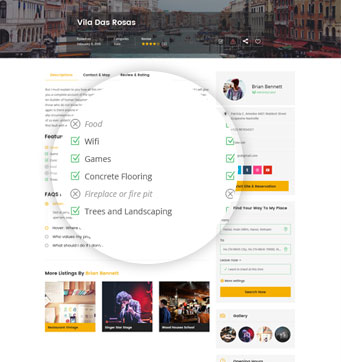How MBA Programs Are Impacted By Covid-19: Some Numbers
A summary from U.S.-based AACSB International—The Association to Advance Collegiate Schools of Business (AACSB)—shows just how the Covid-19 pandemic has changed campuses and course delivery for the current academic year.
From the swift transition to online learning early in the pandemic to the need to set policies for mask wearing, social distancing, and vaccination later on, schools have had to rethink how everyone on their campuses works, lives, and studies – across all their programs.
AACSB performed a quick-take survey, and from 90 respondents, nearly 83 percent “noted that the pandemic will have a lasting impact on their programs.” The programs said the shift to online teaching and learning would represent the single biggest impact on business education. Most indicated that the changes to the delivery of educational content would be permanently changed. Among MBA programs, only 12.5 percent are still being delivered in fully virtual mode with the vast majority having at least some form of face-to-face learning. Just 2.5 percent of undergraduate programs reported fully virtual teaching.
38.9 percent of MBA programs were being held either mostly or fully face-to-face during the current term. This was the lowest amongst the programs compared to 65.8 percent of undergraduate, 61.8 of doctoral and 40.6 percent of specialised masters.
According To Respondents, Pandemic Effects That Will Have The Most Staying Power Involve The Adoption Of Online Teaching And Learning And The Design Of More Flexible Educational Options.
The AACSB says from these results, remote working and teaching also promise to become more commonplace within business schools.
Schools Take Career Services Virtual
So, what has been the effect on career services? The AACSB cited research in September from the MBA Career Services and Employer Alliance (MBA CSEA).
Also read: Is The Four-Day Working Week The Future Of Work?
After a year of delivering nearly all career development activities online, most career services departments are continuing to provide students with virtual access to many events. Respondents indicated that students can access career services activities:
- Mostly in person: 18 percent
- Some in-person, some online: 26 percent
- Mostly online: 33 percent
- Mostly via hybrid formats: 23 percent
What Other Factors are Rated Highly?
When it comes to factors that are crucial to student success, 92 percent of respondents from a survey exploring the pandemic’s impact on higher education by educational technology company Instructure, of 7,600 students, faculty, and administrators at higher education institutions in 18 countries pointed to internet access.
Other factors include the quality of faculty (91 percent), engaging content (90 percent), available technology (89 percent), and hands-on instruction (89 percent).
In addition, 91 percent rank psychological well-being as equally important, an indication that students are looking for more from their institutions than academic support. Among schools represented in the survey, 50 percent offer in-person or virtual mental health counseling, 33 percent hold well-being events on their campuses, and 24 percent offer students access to mental health apps.
As schools begin to design their programs for a post-pandemic future, the report’s authors note, they will have to create educational experiences that are interactive and meaningful, whether those experiences are delivered online or in-person.





